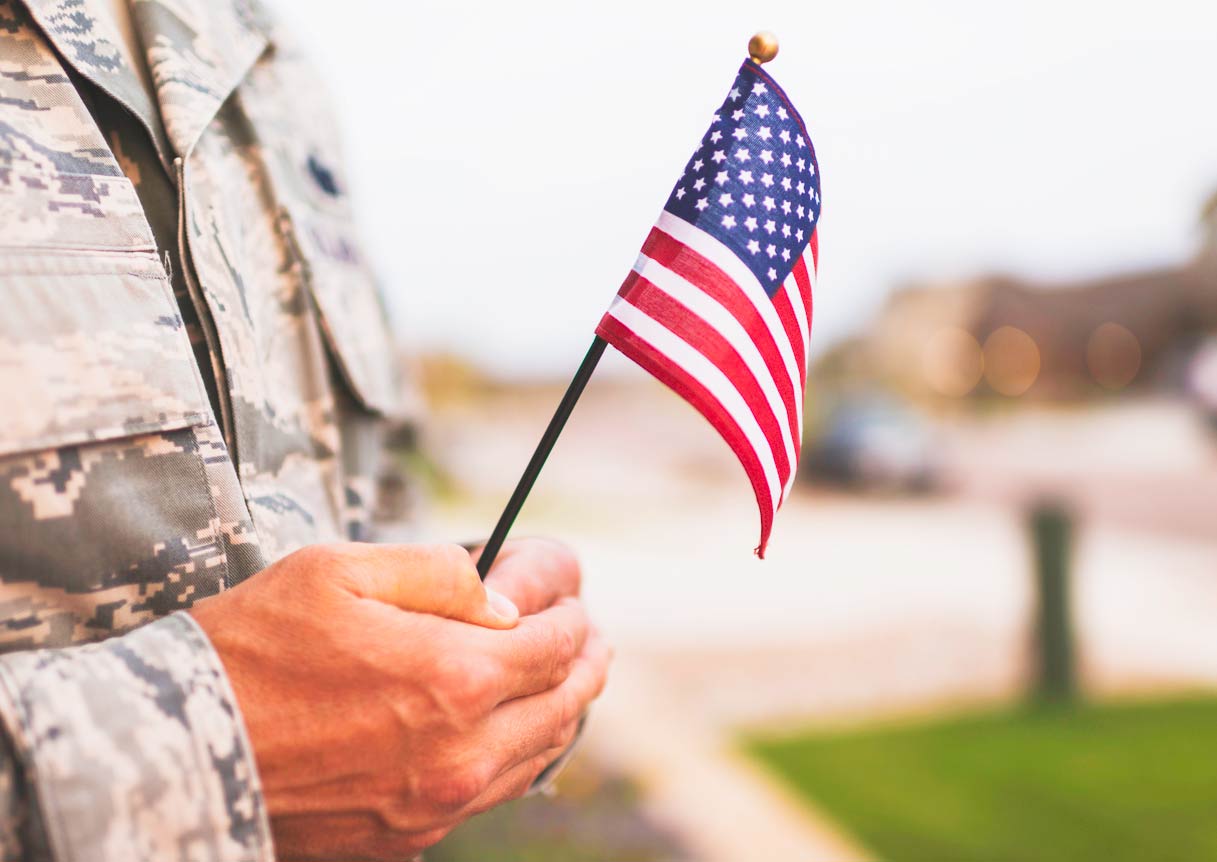4 Key Steps for Veterans to Take Towards a Comfortable Retirement

The majority of service members know that serving in the military offers a bountiful pension – 50% of your recent base pay. However, what a lot of people don’t realize, is you must work 20 years in the service to receive any retirement benefits. And, even if you do qualify for a pension, 50% of your pay might not set you up for your golden years. Here are 4 steps on how to make the most of your military retirement plan.
While You Are Still in Uniform:
1. Boost Your Savings
Less than 50% of service members take part in the military’s Thrift Savings Plan (TSP). The retirement scheme is similar to a 401k, and you can contribute up to $18,000 pretax per year. Those 50 years old and over can play catch up with additional $6,000 contributions, too, and those working in the combat zone can stash away $53,000.
Some service members have criticized the program, as it only offers a selection of broad index funds and a life-cycle fund to invest in. But, the expense ratios are some of the lowest in the nation. “In this case, simple is good,” says retired marine, turned financial planner, Rob Aeschbach.
2. Open a Roth IRA
Making use of a Roth IRA is a great move for anyone, including service members. You contribute post-tax money into the Roth, then your investments grow tax-free. Another great benefit of a Roth IRA is that you can make withdrawals at any time – there’s no age limit or penalties like those you would find with more traditional retirement accounts.
The money service members earn while working in the combat zone is officially tax-exempt, so a Roth IRA can work out completely tax-free. There is also a wider range of investments available with a Roth, which offers the perfect way to diversify your portfolio. The annual contribution limit for this account is $5,500 per year, so it would work well alongside a TSP.
3. Select a Survivor Benefit Annuity
If you are retiring after 20 or more years of service, and are eligible to receive a pension, you will automatically be enrolled into an annuity plan which allows your spouse and children to get your pension benefits once you die. Veterans typically pay 6.5% of their monthly pension to participate, and their family will receive 55% of the pension amount upon the service member’s death. It’s up to you to decide on a lower payout, which will come at a lower cost, or decide not to take part at all. “Depending on your health, you may be able to buy a large life-insurance policy for a lower monthly premium than the SBP [Survivor Benefit Plan],” says Ryan Guina, who writes for the Military Wallet.
After Separating:
4. Look into a Buyback
If you work in a federal job that allows you to get a civil pension, there’s a chance you might be able to boost your pension by adding your active-duty service to your civilian time. There is a catch though – you must ‘buy back’ your military time. This means you must convert it to the federal system at the cost of 3% of your annual active-duty pay. It’s worth figuring out a how much a buyback will cost you before committing to anything, however. Guina says, “Before you sign up, make sure you’re ready for the long-term commitment.”
















